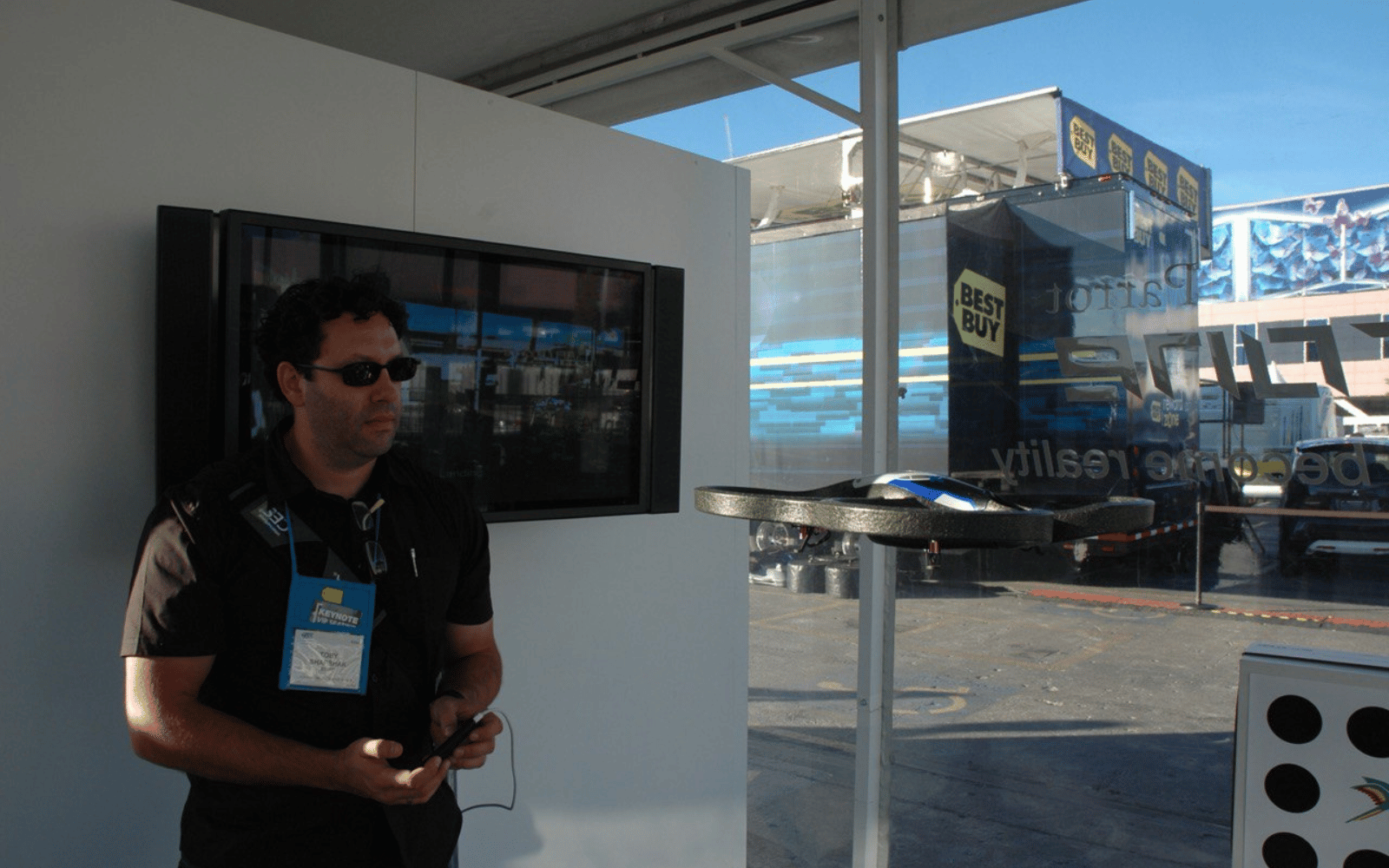For many years, right after returning from the Dezemba holidays, relaxed, I would haul myself into a small metal tube and schlep halfway around the world to Las Vegas. In the first week of January, this year the second, the technology industry all heads to Vegas – a mindboggling 30-hour-ish flight — for the gadget spectacle that is the Consumer Electronics Show (CES).
For a young South African tech journalist (when I first went), it was glorious. It’s easily the largest consumer electronics show in the world, showing off a veritable wonder of shiny things in cavernous halls, filled with both the big and niche names of every field in the tech world. The big consumer makers would take half a hall, as would all the other big brands, including every laptop and camera manufacturer.
In other words, it was the holy grail of gadgets.
I liked drones before they were cool


One year, I was walking through the massive car park and discovered a small tent where a little-known French firm that mostly made Bluetooth car kits and other accessories was showing off a brand new category of product: drones. It was on my list of must-see items, but I hadn’t been able to find any of the niche companies in the monstrous halls.
So, I flew the drone, got the guy walking with me to take a few pictures and wrote about it as a novelty. Later, when I got home, someone on a geek mailing list asked if anyone knew anything about it – it was then 2014 and dial-up was still the way many of us connected to the internet.
“I flew one in Vegas”, I replied. With a sense of comic timing that Trevor Noah would appreciate, he responded: “All I’ve ever wanted my whole life was to say that”. (It later became a years-long mini-joke with my close geek friends, much like “as they say in my country”.)
CES was also a place we tech journos stopped wearing smart shoes and prided themselves on buying nondescript black trainers for the endless walking. These were the days when fitness trackers weren’t yet a thing, so there was no way to show off your 25,000 steps after the fact.
But there was always a strange tension that nobody seemed to talk about.
Why launch a brand new range of TVs (which, in my experience, were the biggest category of new products) just two weeks after Christmas? Similarly, it’s the launch pad for the computer manufacturers to show off their latest models – and often new form factors. Again, why launch an entirely new product, or product category, a few weeks after everyone who has been saving up has already bought their products?
One South African television executive told me on one trip they used the following year to build up interest and hype so people to buy it that Christmas.
“Really?” I replied. “It takes a year to prime someone to buy a new TV set?”
Although we laughed, there was a smattering of logic given that it was the (failed) era of 3D televisions and the equally unsuccessful curved screens. These were big-ticket items that probably needed a year to convince people they needed these admitted smart technologies. But there was always a solution looking for a problem.
But by far the biggest problem for CES is that the smartphone has effectively killed off the standalone gadget. Health sensors, fitness trackers and smartwatches (the very first of which, called the Pebble, was launched there one year ago) are great, but functionally useless without a smartphone.
Many of these clever physical things are now just apps that use the smartphone’s sensors and other features. Why build your own health tracker when you can use the built-in tech made by a big-name phone, which is probably superior (and cheaper to build) than what most startups could produce?
Another major problem is that we live in the golden age of knock-offs. The week after a shiny new clever thing is launched at CES, the fast-moving cloners of Schenzen will have replicas on the shelves. Why buy a $30 gadget when you can pick one up on Alibaba for $10?
The Consumer Electronic Show (CES) is a great event that is unlikely to lose its status any time soon. But it lost its relevance a long time ago.